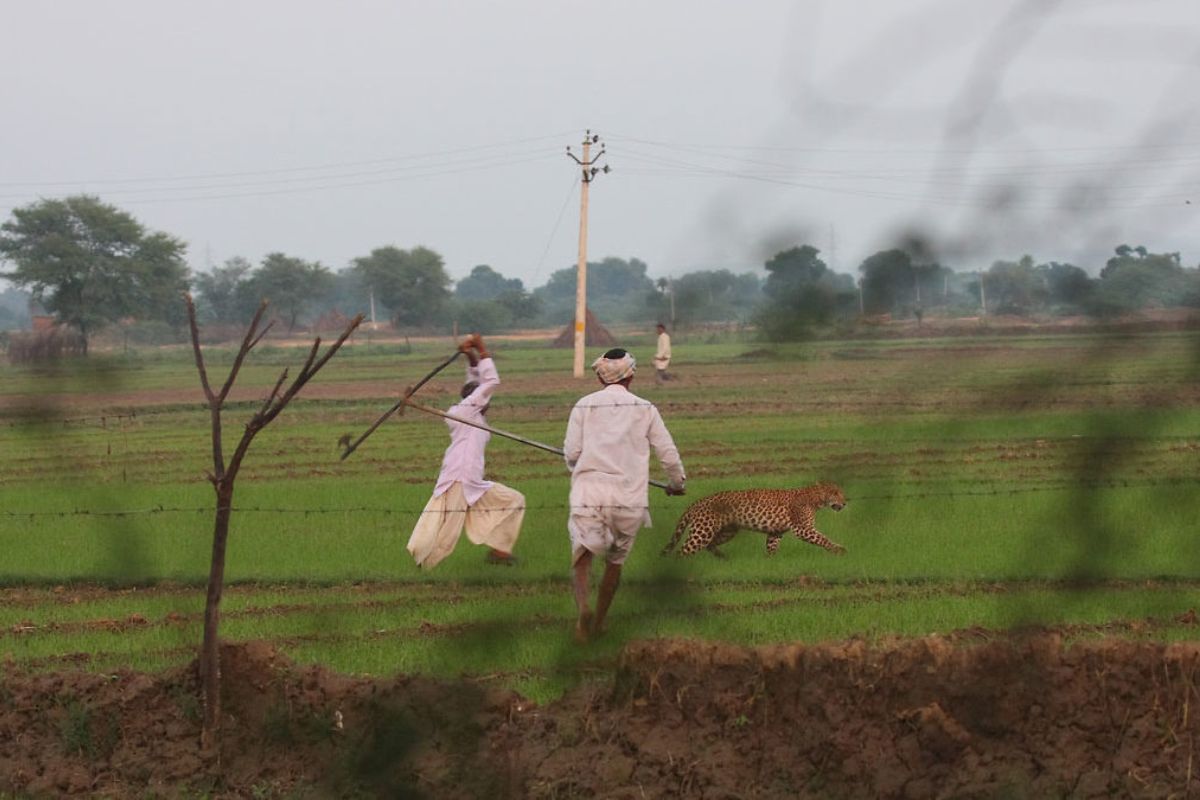The Central government today released 14 guidelines to address Human-Wildlife Conflict (HWC), which aim to facilitate a common understanding among key stakeholders on what constitutes effective and efficient mitigation of HWC in India.
The guidelines are advisory in nature and will facilitate further development of site-specific HWC mitigation measures. The 14 guidelines released by Union Minister for Environment, Forest and Climate Change Bhupender Yadav include:
Advertisement
Ten species-specific guidelines-
–Guidelines for Mitigating Human-Elephant, -Gaur, -Leopard, -Snake, -Crocodile, -Rhesus Macaque, -Wild Pig, -Bear, -Blue Bull and -Blackbuck Conflict; and
Four guidelines on cross-cutting issues:
–Guidelines for Cooperation between the Forest and Media sector in India: Towards effective communication on Human-Wildlife Conflict Mitigation;
–Occupational Health and Safety in the Context of Human-Wildlife Conflict Mitigation;
–Crowd Management in Human-Wildlife Conflict Related Situations; and
–Addressing Health Emergencies and Potential Health Risks Arising Out of Human—Wildlife Conflict Situations: Taking a One Health Approach.
The development and intended implementation of these guidelines is driven by a harmonious-coexistence approach to ensure that both humans and wild animals are protected from the negative impacts of HWC.
These guidelines are strongly driven by field experiences and take into consideration the existing guidelines and advisories issued by various agencies and state forest departments, as well as their good practices, and build on them.
The guidelines provide a framework to take a holistic approach, viz., not only addressing the emergency situations arising due to immediate HWC situations but also addressing the drivers and pressures that lead to HWC, guidance on establishing and managing prevention methods and reducing the impact of conflict both on humans and wild animals.
